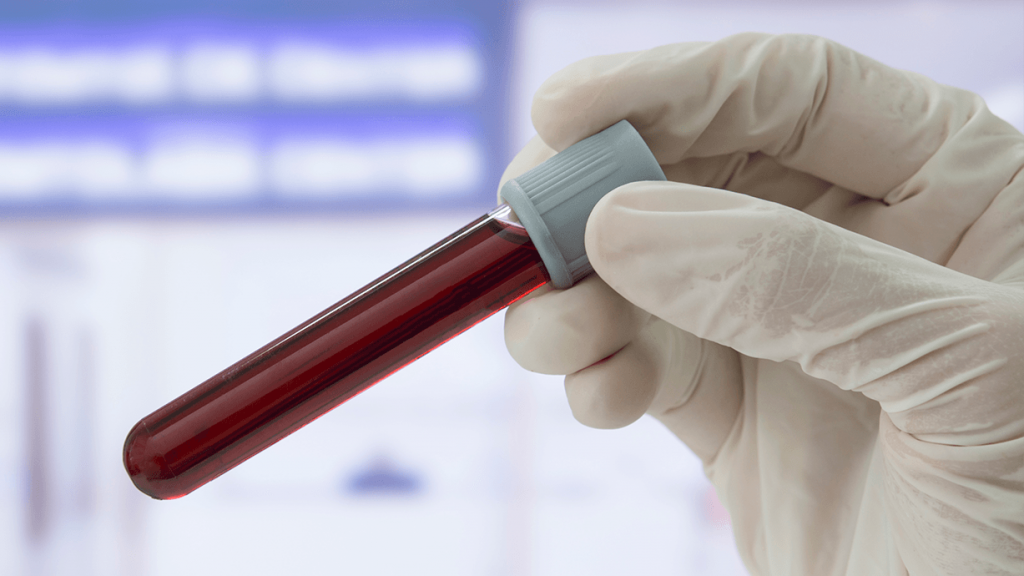Our Services
We provide a range of services to patients.
Sometimes we see people who believe they need a particular service, and very often we agree. Sometimes though, based on our experience and science, that service is not the most appropriate but we will explain the reasons for this on each and every occasion.
Skin Prick Testing

Skin Prick Testing is recommended as the primary method of testing allergies.
An allergy is a reaction caused by a particular class of antibodies – E antibodies or IgE. By definition saying someone has an allergy means that an E class antibody, IgE, has been made against something causing symptoms to develop. IgE-mediated allergies cause allergic rhinitis (hay fever), allergic conjunctivitis (itchy eyes), asthma, atopic (allergic) dermatitis, and food allergies which can cause anaphylaxis, acute urticaria and angioedema. IgE-mediated allergies also cause allergic reactions to insect venom, wasps, bees, ticks and native Jack Jumper Ants, latex allergy and some drug allergies.
Skin prick testing is valuable because it is sensitive and specific, it provides rapid results (within 15-20 minutes), it causes minimal discomfort, and it is relatively inexpensive.
While it is very safe, there is a very small risk of anaphylaxis occurring during the test (less than 1 in 5,000 tests). This means it should be carried out in an environment where this can be properly treated. In our rooms, the testing is done after review with the allergy specialist to identify people at high risk for a severe reaction and recommend other test methods where appropriate. Additionally, Dr Falk is there to promptly treat any reactions, and with the high standard of practice we adhere to, the reaction rate is is far less than the standard level of 1 in 5,000 tests.
To properly carry out and interpret skin prick testing, a detailed history is required to ensure the correct tests are performed. Then the practitioner must correctly interpret the results in the light of the history that has been obtained. The tests should not be interpreted without a history and an experienced clinician should always be involved.
Some people can be concerned that the process of skin prick testing can increase the risk of allergy problems to those allergens in the future. There is no scientific evidence that being tested for an allergen will increase the risk of allergy in the future.
An Important Note About Antihistamines
Antihistamines taken before a skin prick test will reduce the bodies natural reaction to allergen used in the test. This makes interpreting a test impossible.
Therefore, it is absolutely essential that you avoid having antihistamines for 3 days before the test. If you forget, or you have to take antihistamines within that time frame, the appointment may need to be cancelled.
We do send an appointment reminder a few days before the appointment, so use this as a reminder to avoid taking any antihistamines.
Specific IgE and RAST Tests

Allergy specific IgE tests are blood tests which measure the antibodies to a specific allergen in the blood.
They are more expensive than skin prick tests and are only partially funded by Medicare which makes them even more expensive to the patient. However, its value arises in situations where SPT’s may not be appropriate. There are number of reasons why this would be the case. For example, if the person has a higher risk of anaphylaxis, or can’t avoid taking antihistamines, other conditions like eczema prevent skin testing, or it is practical.
Food Challenges

A food challenge may be recommended to some patients under some circumstances. For example, to see if someone has outgrown an existing food allergy, or to clarify a suspected food allergy. Suspected food allergy can occur when a test is positive but there has not been an allergic reaction, or when there has been a reaction but the test is not conclusive.
The procedure is time consuming and involves small amounts of the food being given to the person while under medical supervision. If there is an allergic reaction, the medical treatment is immediately available.
The process can take up to 4 hours though if a reaction occurs, the challenge is terminated and treatment for the allergic reaction is provided. If the challenge does lead to a reaction, this is called a positive result and the patient will be considered to be allergic to that food. If the challenge does not cause an allergic reaction the test will be ‘negative’ and the patient will be asked to include the food in their diet.
Immunotherapy

Immunotherapy involves the regular administration of gradually increasing doses of an allergen extract over a period of years. The extract contains standardised amounts of the “allergen” or the substance that is causing the unwanted allergy symptoms. It works by changing the way the immune system reaction to the allergy, effectively allowing the patient to tolerate the allergen without symptoms. It is a significant commitment and the process will involve the patient needing to continue with treatment for 3 – 5 years.
The most common type is administered via a subcutaneous injection. However, drops under the tongue, oral sprays and even tablets can also be used.
Subcutaneous immunotherapy has been available for many years though the oral preparations have only been available in the last few years. Studies have shown that both the oral and injection immunotherapy are effective although the injections may be slightly more effective. The pros and cons of each option relate to cost, convenience and compliance.
The subcutaneous form is the cheapest to purchase though it does require a regular appointment with your GP to administer the injection. These treatments occur once each month.
Oral and sub-lingual preparations are more expensive because the extract is more concentrated and they also require that the patient use the preparation every day for the entire period of the course of immunotherapy (which is a minimum of 3 years is usually closer to 5 years). If it is not possible to use it daily for whatever reason, this option may not be optimal for you.
Xolair Treatment

Hives (the common term for urticaria), are pink or red itchy rashes, that may appear as blotches or raised red lumps (wheals), on the skin. They range from the size of a pinhead to that of a dinner plate. When hives first start to appear, they can be mistaken for mosquito bites. Swellings usually disappear within minutes to hours in one spot, but may come and go for days or weeks at a time, sometimes longer. In most cases hives are not due to allergy and they can be effectively treated with a non-drowsy antihistamine. When hives occur most days for more than six weeks this is defined as chronic (ongoing) urticaria, which may require additional medication.
Xolair (omalizumab) is an injectable medication that is used to treat chronic hives. Xolair is a monoclonal anti-IgE antibody, which binds to IgE in the bloodstream, allowing the body to remove them. This prevents IgE from attaching to mast cells (and therefore from binding to allergens) which ultimately results in the release of histamine and other chemicals. It is these chemicals that cause urticaria and angioedema.
Injections are given in the doctor’s office every 4 to 6 weeks.
Telehealth for Rural and Regional Patients

Australia is a very large country and while the majority of its inhabitants live on the fringes in and around the capital cities, many people live and work in regional areas. Living in these areas can provide inhabitants with many rewards but there are some drawbacks. One important drawback is accessibility to medical advice, especially specialist medical advice. This has been an important issue for many people living in Australia’s rural areas, particularly those with young children who may be experiencing health issues.
In recent years, the development of technology has now made it possible for a patient and doctor to have a consultation from a distance with a video teleconference. Medicare now also supports medical appointments through video conference.
Of course there are some limitations to a video conference appointment. While it is possible for the doctor to take a detailed history, there are obvious limitations with regard to being able to carefully examine a patient and some tests require face to face contact. In the assessment of allergy, Skin Prick Tests are often done to determine exactly which allergens are causing the problems. Skin Prick Testing cannot be carried out on a video conference however RAST tests are performed by a blood sample and this can be organised by your GP or a pathology collection centre. RAST tests are a good alternative although the out of pocket expense can be higher. However taking a detailed history will minimise the number of tests required which will reduce the cost, and of course the need to travel large distances is removed.
Teleconference Requirements
We set aside a little more time for appointments by teleconference and this allows time for any technical issues that may need to be overcome for the teleconference. However, beyond this you will need access to a computer with a web cam, microphone and speaker and an internet connection that is fast enough to support a teleconference.
Working With Your GP
As a specialist medical service, Telehealth conferences are still services that require referral from your general practitioner. In fact, consulting with patients in this way requires a greater level of communication between your specialist and your GP. For this reason the ideal situation is for the Teleconference to occur within your GP’s offices which enables a more direction consultation process between the specialist and your GP and means that some of the subsequent tasks like taking blood for tests and writing scripts can then be carried out by your GP very soon after the appointment with your specialist.
However, this may not always be possible and in these cases, we would be able to organise pathology forms and prescriptions from a distance while maintaining communication with your GP.
How To Proceed
You should discuss the problem with your general practitioner and see if they recommend a referral. If your GP would like to discuss the situation with us, we are always happy to do so.
If it is agreed that a specialist referral would be helpful, then you can call to make an appointment or make an appointment online (but please make sure you select the Telehealth appointment).
In either case, and if the video conference is to occur on your computer, we will make a time a few days ahead of the appointment to contact you and briefly make sure you have everything you need for the video conference. This will include a test video link connection with your computer. If you are familiar with these processes it may only take a few moments of your time, if not, it may require some software be installed on your computer and it could take slightly longer to configure.